
Basilica della Madonna della Quercia
A significant Renaissance shrine housing a miraculous image of the Madonna, renowned for its art and peaceful atmosphere.
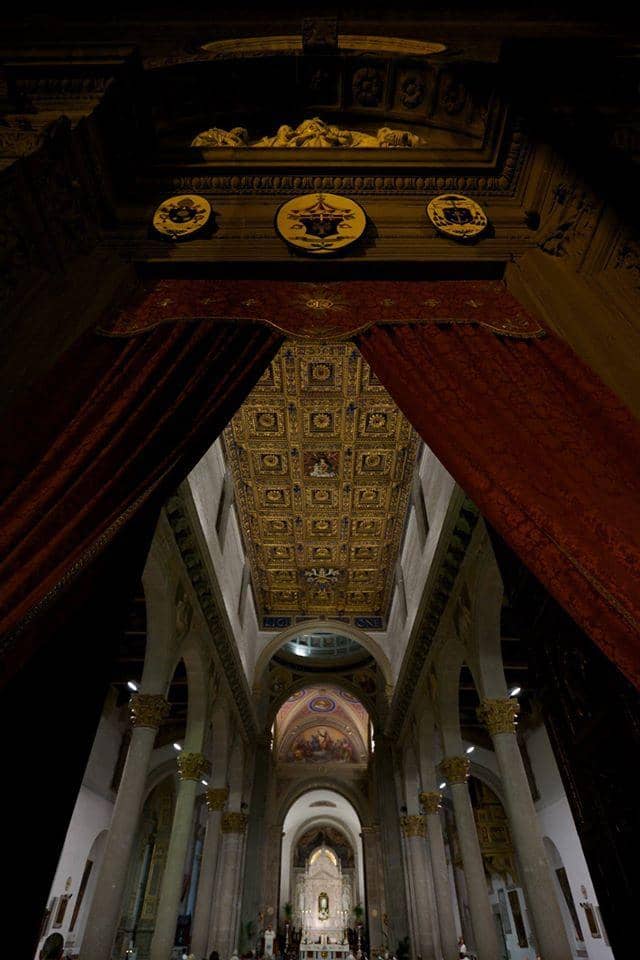
Highlights
Must-see attractions
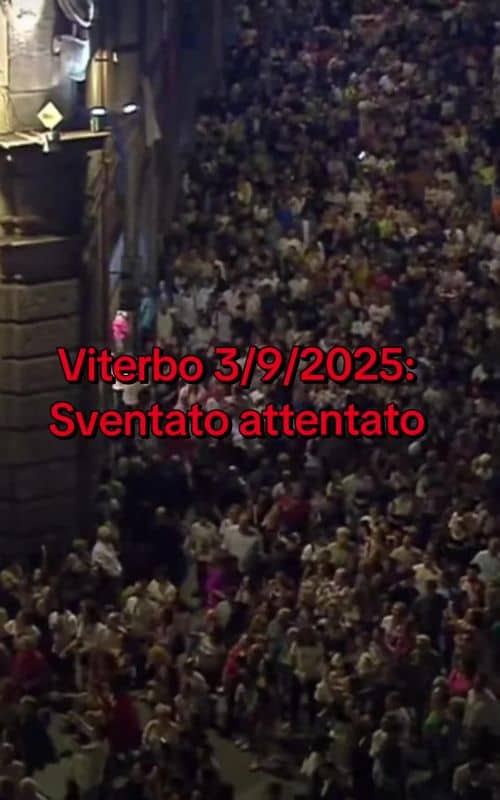
Social
From TikTok & Reddit
Best Time
Peaceful atmosphere

Basilica della Madonna della Quercia
Best Time
Peaceful atmosphere

Highlights
Must-see attractions
A significant Renaissance shrine housing a miraculous image of the Madonna, renowned for its art and peaceful atmosphere.
"Fine sanctuary, wide spaces, peaceful prayer place, rich in history and art."
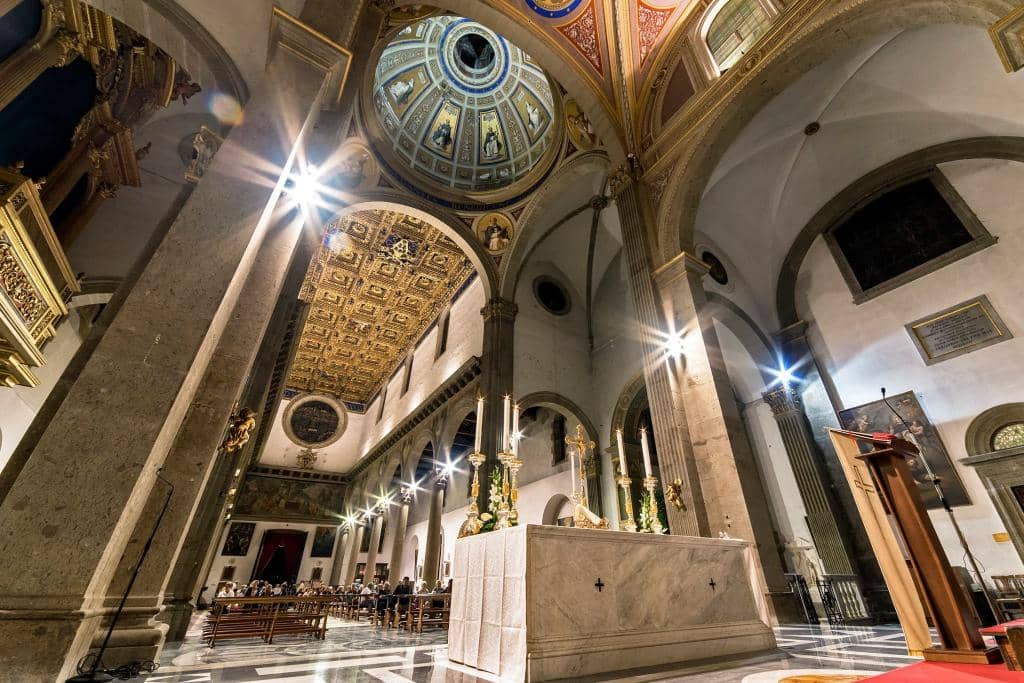
📸 Photography Tips
Photographing the miraculous image can be tricky due to glass and lighting. Be patient!
🚶♀️ Respectful Attire
Dress modestly when visiting this sacred site. Shoulders and knees should be covered. :pray:
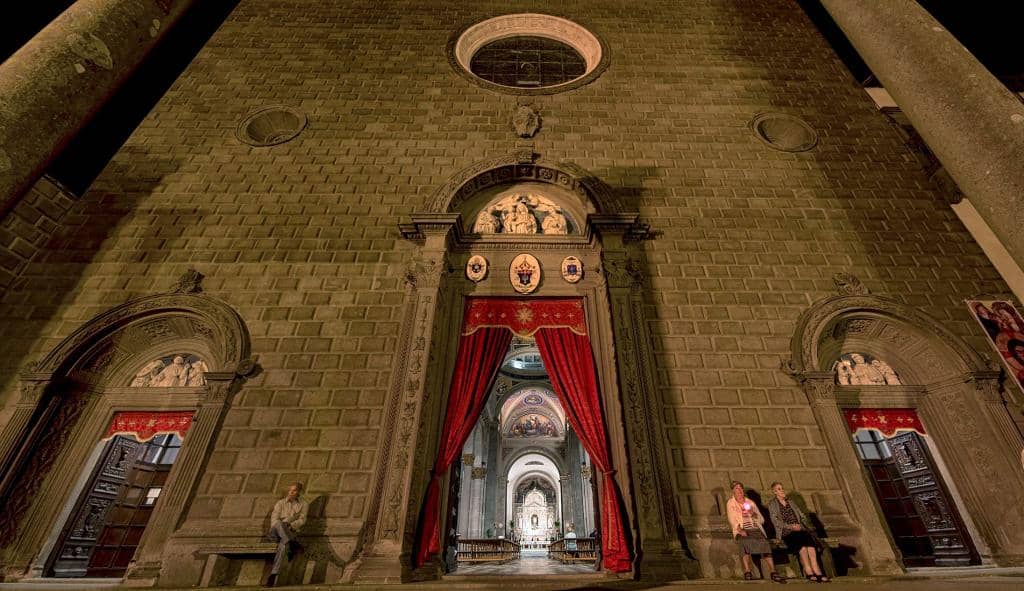
Highlights
Discover the most iconic attractions and experiences

Miraculous Image of the Madonna
Presbytery
The heart of the basilica, this sacred tile painting is believed to have miraculous powers.
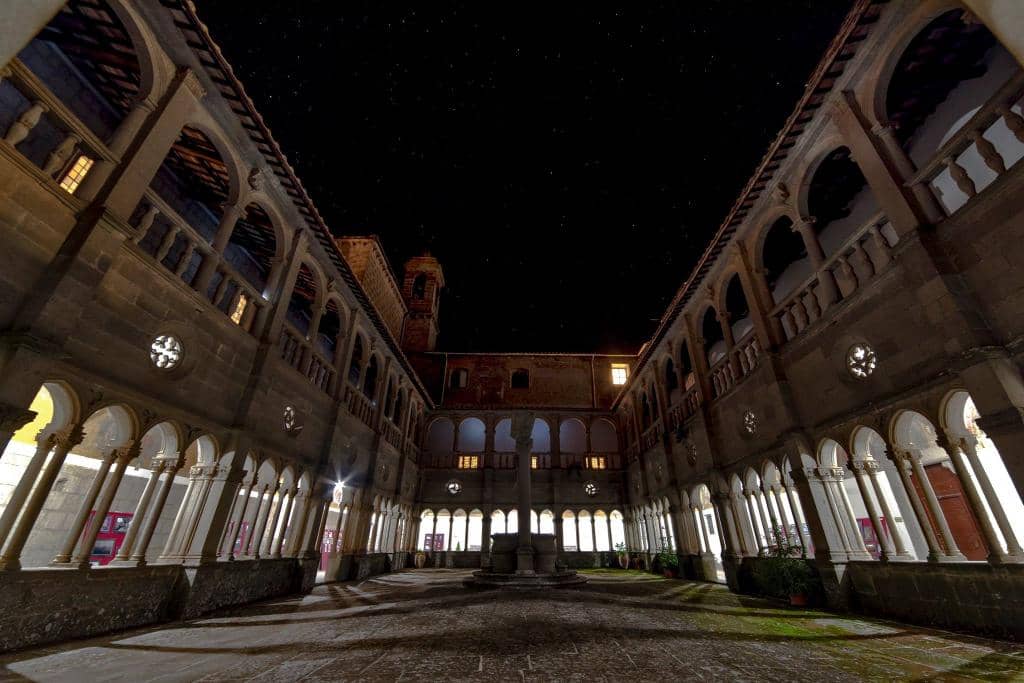
Renaissance Architecture
Entire Basilica
Admire the harmonious Renaissance design, inspired by Florentine masters.
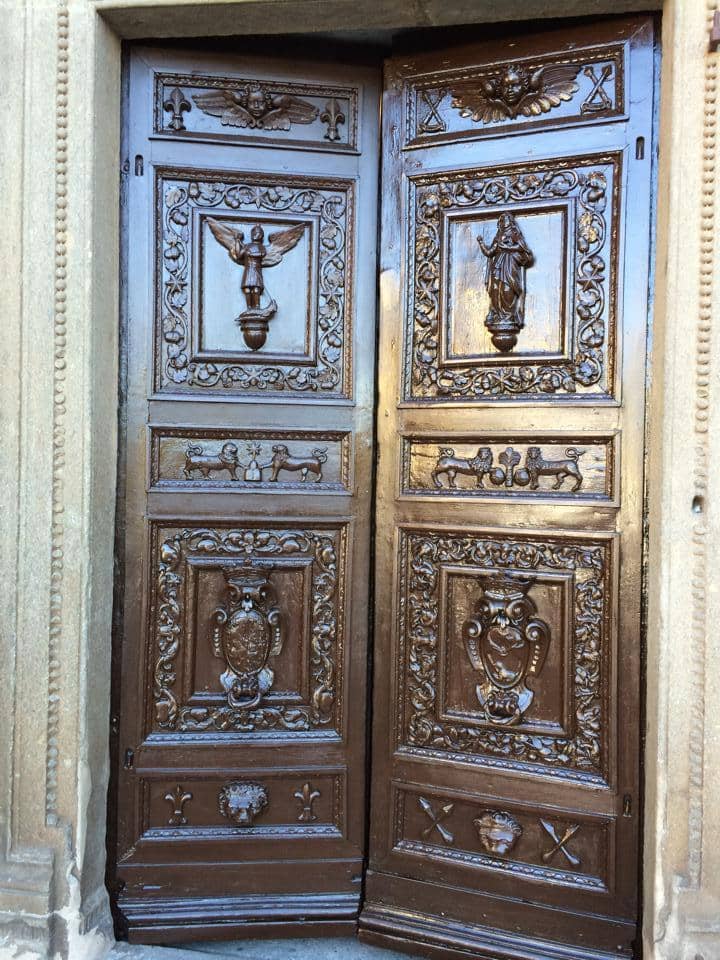
Terracotta Lunettes by Della Robbia
Facade Entrance Portals
Exquisite glazed terracotta works depicting religious scenes by Andrea Della Robbia.
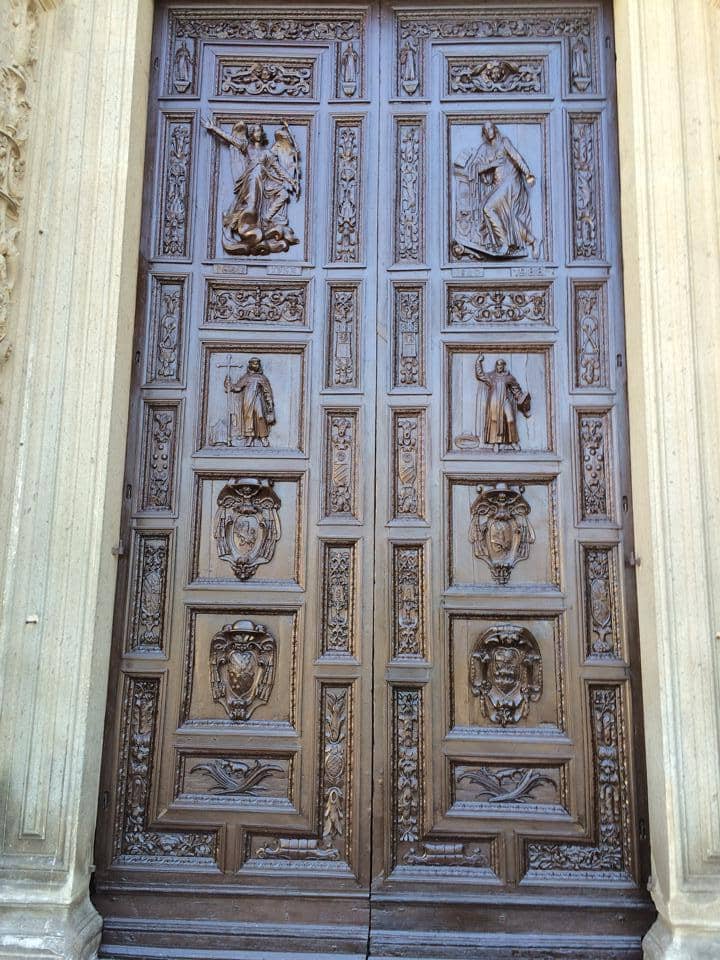
Coffered Ceiling
Central Nave
A stunning wooden ceiling adorned with gold, featuring the Farnese family's coat of arms.
Plans like a pro.
Thinks like you
Planning Your Visit
Timing Your Visit for Serenity
Understanding the Sacred Art
Best Times
Insider Tips
from TikTok, Instagram & Reddit
📸 Photography Tips
Photographing the miraculous image can be tricky due to glass and lighting. Be patient!
🚶♀️ Respectful Attire
Dress modestly when visiting this sacred site. Shoulders and knees should be covered. :pray:
🅿️ Parking Availability
Parking can be limited, especially during peak times. Arrive early or be prepared to walk a bit.
🕰️ Check Opening Hours
Verify current opening hours before your visit, as they can vary. :clock1:
Tips
from all over the internet
📸 Photography Tips
Photographing the miraculous image can be tricky due to glass and lighting. Be patient!
🚶♀️ Respectful Attire
Dress modestly when visiting this sacred site. Shoulders and knees should be covered. :pray:
🅿️ Parking Availability
Parking can be limited, especially during peak times. Arrive early or be prepared to walk a bit.
🕰️ Check Opening Hours
Verify current opening hours before your visit, as they can vary. :clock1:
What Travellers Say
Reviews Summary
Visitors consistently praise the Basilica della Madonna della Quercia as a fine sanctuary with wide spaces and a peaceful atmosphere, highlighting its importance as a Marian worship site. The Renaissance architecture and significant artworks by masters like Della Robbia and Bregno are frequently admired. However, some find photography challenging due to lighting and protective glass, and parking can be limited.
"Fine sanctuary, wide spaces, peaceful prayer place."
Marco Piagentini
"The Santuario della Quercia is the most important place of Marian worship in the province of Viterbo. It was built starting in 1467, near the place where according to tradition the icon of the "Virgin Mary with a child in her arms" was placed, commissioned in 1417 to the painter Monetto and placed among the branches of an oak tree.
The Sanctuary has a façade with three entrance portals surmounted by terracotta lunettes, the work of Andrea Della Robbia, while the tall bell tower is the work of Ambrogio da Milano, isolated from the façade. The interior of the church is a masterpiece of Renaissance harmonies, divided into three naves by two rows of columns supporting large round arches; in the central nave the beautiful coffered ceiling, created by Giovanni di Pietro known as Pazera based on a design by Antonio da Sangallo the Younger, features the coat of arms of Paul III and the lilies of the Farnese family. In the center of the presbytery stands the marble aedicule by Andrea Bregno that contains the oak and the miraculous tile. The painting, although beautiful and small, is placed at the top of the aedicule, and cannot be approached, the glass placed in front and the lighting make it difficult even to photograph it. Beyond the tabernacle opens a grandiose choir, inlaid by Francesco di Domenico di Zanobi del Tasso and Giuliano di Giovanni called Pollastra, now reduced to two thirds of its original length. The complex is enriched by two cloisters, one from the 15th and the other from the 16th century. One of the two cloisters can be glimpsed from a beautiful window, if the parish priest is not present it cannot be visited. There are few parking lots."
Marco Rossi
"The construction was built in its essential structures between the end of the 15th century and the first thirty years of the 16th century, in place of a primitive country church, little more than a wooden hut. The erection took place as an act of devotion of the people of Viterbo to the image of the Madonna and Child which in 1417 a certain Battista Juzzante had painted on a tile.
The elegant facade of bevelled ashlar peperino, which ends in a tympanum with two lions on the sides of an oak, is opened by a central oculus (between two small lateral ones) and by portals, whose jambs are decorated with old-fashioned candelabras, the lunettes contain precious glazed terracottas by Andrea della Robbia (1503).
The airy interior, remodeled in the renovations carried out between 1861 and 1880, is divided into three naves divided by large arches supported by two rows of columns, essentially the result of projects by Giuliano da Sangallo inspired by Brunelleschi's S. Spirito in Florence.
It alone is worth the trip."
Claudio del Curto
What People Like
What People Dislike
Frequently Asked Questions
🚇 🗺️ Getting There
The Basilica is located just outside Viterbo. You can reach it by car, with parking available nearby, though it can be limited. Public transport options might include local buses; check schedules in advance. Some visitors mention parking at the Belvedere or Bagnoregio and walking.
Parking can be a challenge, especially during busy periods. There are some parking lots, but they fill up quickly. Arriving early is recommended, or be prepared for a short walk from alternative parking spots.
Yes, it's possible to visit the Basilica della Madonna della Quercia as a day trip from Rome. It's about an hour and a half to two hours drive. Combining it with other nearby attractions in the Tuscia region can make for a fuller day. :train2:
🎫 🎫 Tickets & Entry
Generally, there is no entrance fee to visit the Basilica itself, as it is a place of worship. However, donations are always appreciated to help with its upkeep.
Opening hours can vary, especially on holidays or during special events. It's best to check the official website or contact the Basilica directly for the most up-to-date information before your visit. :clock1:
The complex includes two cloisters, one from the 15th century and another from the 16th. Access to them might be restricted or depend on the presence of the parish priest. Inquire upon arrival for potential visiting opportunities.
📸 📸 Photography
Photography is generally permitted inside the Basilica, but it's important to be respectful of worshippers and any restrictions. Flash photography might be prohibited, especially near the altar or sacred images.
Photographing the miraculous image can be challenging due to protective glass and lighting. Patience and finding the right angle are key. Some visitors find it difficult to capture a clear shot.
The coffered ceiling and the overall Renaissance architecture offer great photographic opportunities. The facade with its Della Robbia lunettes is also a beautiful subject.
🎫 ⛪ Onsite Experience
The Basilica is a major Marian shrine, built around a miraculous image of the Madonna and Child painted on a tile in 1417. It's a place of pilgrimage and devotion, with many miracles attributed to the Virgin Mary here.
You'll find significant Renaissance art, including terracotta works by Andrea Della Robbia, a marble aedicule by Andrea Bregno, and a beautifully decorated coffered ceiling.
Yes, it's described as a peaceful prayer place with wide spaces, ideal for contemplation and spiritual reflection.
The Basilica is an active place of worship and may host processions and religious events, particularly around Marian feast days. Check local listings for any scheduled events during your visit.
For Different Travelers
Tailored advice for your travel style
👨👩👧 Families with Kids
Keep in mind that it's a place of worship, so maintaining a respectful demeanor is important. The limited parking might require some planning, especially with young children. Consider bringing a small snack or drink, as amenities directly at the Basilica might be minimal. The nearby areas might offer more family-friendly dining options.
🙏 Devout Pilgrims
Take your time to absorb the sacred atmosphere. Participate in any services or prayer groups if available. The peaceful ambiance and the rich history of devotion make it a deeply moving destination for the faithful.
Deep Dives
In-depth insights and expert knowledge
The Legend of the Miraculous Image
This devotion intensified during the plague of 1467, when the people of Viterbo prayed to the Madonna della Quercia and, it is believed, were granted relief from the contagion. This event solidified the Basilica's importance as a significant Marian shrine and a center of pilgrimage for the region.
The miraculous image itself is housed within a beautiful marble aedicule sculpted by Andrea Bregno. While the painting is small and beautiful, its placement behind glass and the lighting can make it difficult to photograph clearly, adding to its mystique.
Renaissance Masterpieces and Design
Key artistic contributions include the stunning glazed terracotta lunettes above the entrance portals, created by the renowned Andrea Della Robbia in 1503. Inside, the central nave boasts a magnificent coffered ceiling, designed by Antonio da Sangallo the Younger and executed by Giovanni di Pietro, known as Pazera. This ceiling is adorned with gold and features the coat of arms of Pope Paul III Farnese, a testament to the patronage of the era.
Beyond the main structure, the complex is enriched by two cloisters, dating from the 15th and 16th centuries, offering further architectural beauty. While access to these may be limited, they contribute to the overall historical and artistic significance of the site.
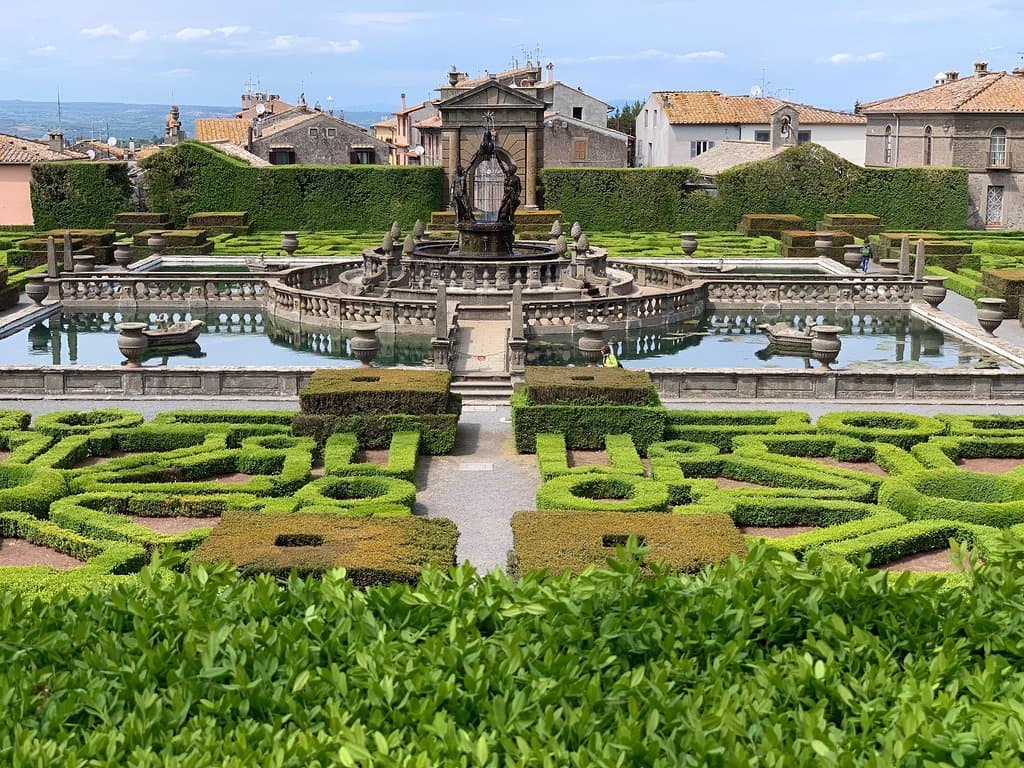
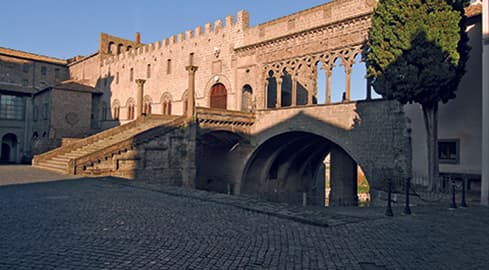

Social
from TikTok, Instagram & Reddit